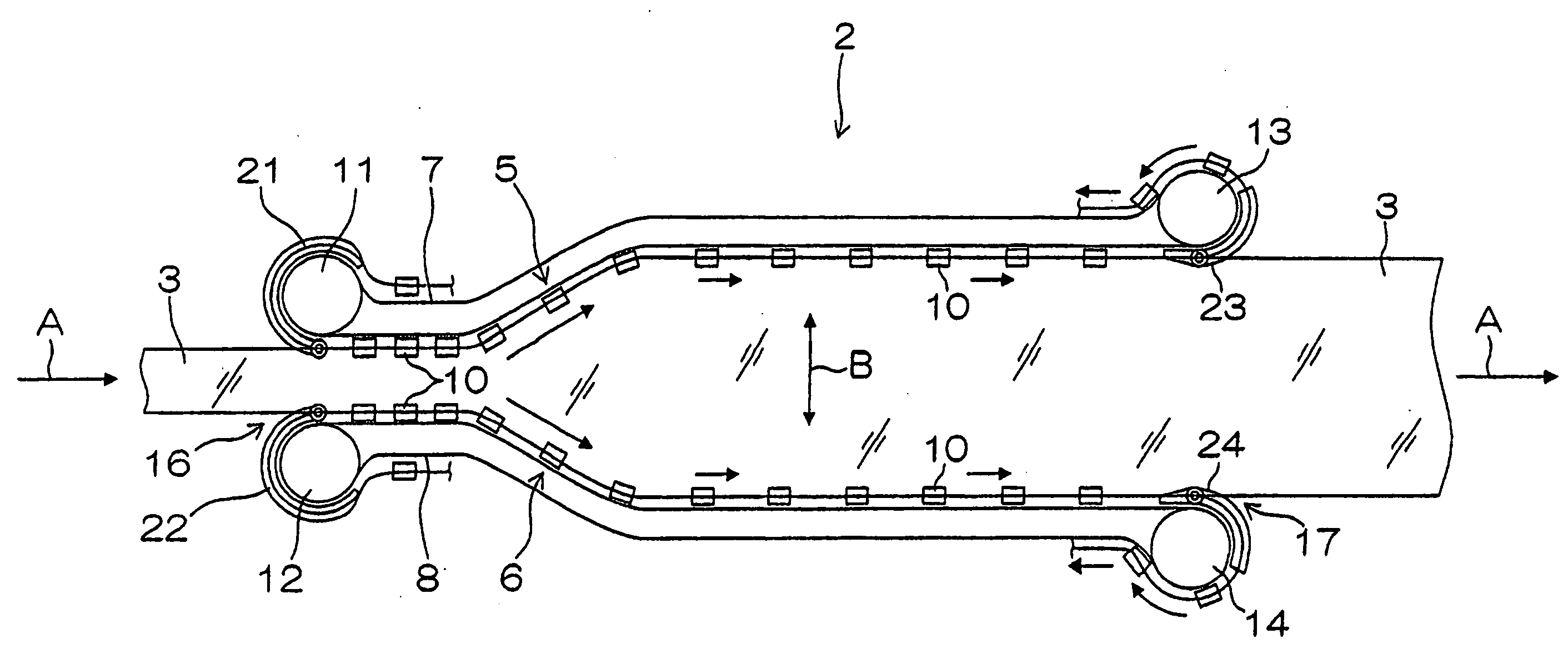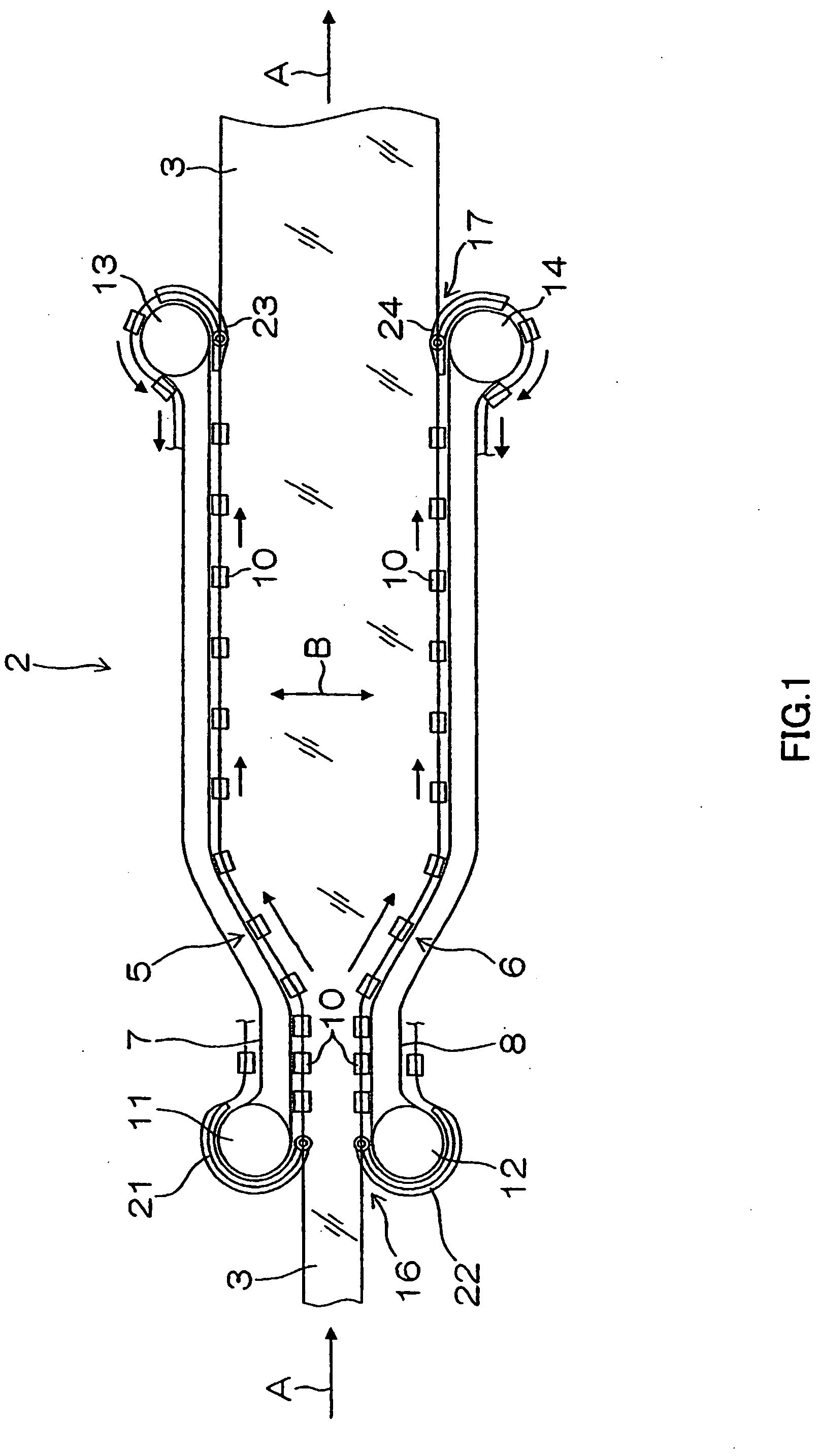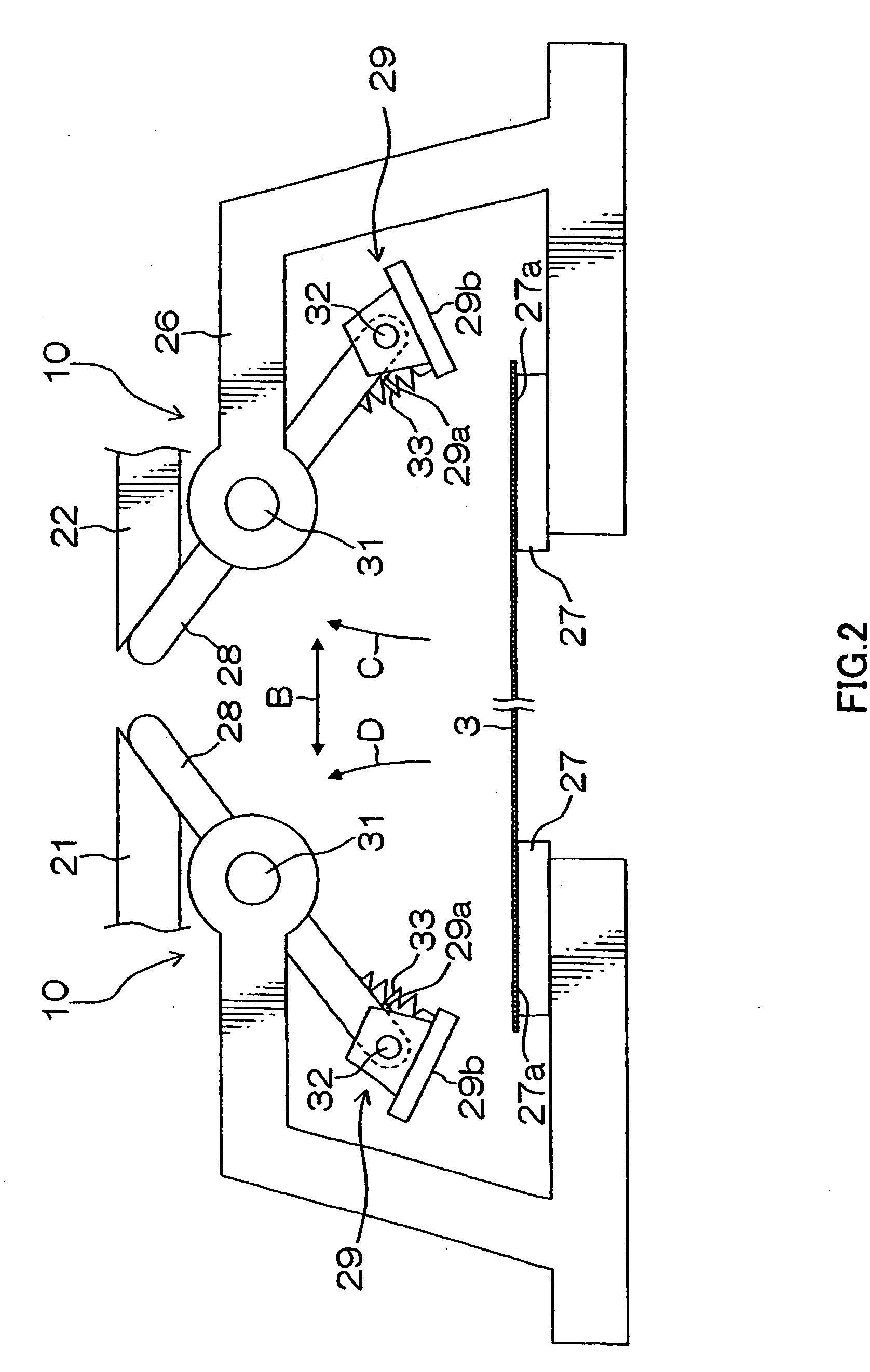Thermoplastic film and method of producing the same
a technology of thermoplastic film and thermoplastic film, which is applied in the direction of instruments, transportation and packaging, and other domestic objects, can solve the problems of inconvenient crystal display device film, display irregularities, and generation of adhesion failure, and achieve uniform in-plane display
- Summary
- Abstract
- Description
- Claims
- Application Information
AI Technical Summary
Benefits of technology
Problems solved by technology
Method used
Image
Examples
example
1. Thermoplastic Resin
(1) Cellulose Acylate
[0293]Cellulose acylates having different acyl groups and different substitution degrees as shown in Table 1 (FIGS. 4A to 4F) were prepared. Specifically, sulfuric acid (7.8 parts by weight based on 100 parts by weight of cellulose) was added as a catalyst and carboxylic acid which is the raw material of acyl substituent was added to conduct an acylation reaction at 40° C. Based on the kind and the amount of carboxylic acid, the kind and the substitution degree of the acyl group were controlled. After acylation, the resultant was ripened at 40° C. The polymerization degrees of the cellulose acylates thus obtained were determined by the following method and are shown in Tables 1 and 2 (FIGS. 4A to 4F, and FIGS. 5A to 5G).
(Method of Measuring Polymerization Degree)
[0294]Completely dried cellulose acylate was precisely weighed in an amount of about 0.2 g and dissolved in 100 ml of a mixed solvent of methylene chloride:ethanol 9:1) (mass ratio)...
PUM
| Property | Measurement | Unit |
|---|---|---|
| thickness | aaaaa | aaaaa |
| thickness | aaaaa | aaaaa |
| thermoplastic | aaaaa | aaaaa |
Abstract
Description
Claims
Application Information
 Login to View More
Login to View More - R&D
- Intellectual Property
- Life Sciences
- Materials
- Tech Scout
- Unparalleled Data Quality
- Higher Quality Content
- 60% Fewer Hallucinations
Browse by: Latest US Patents, China's latest patents, Technical Efficacy Thesaurus, Application Domain, Technology Topic, Popular Technical Reports.
© 2025 PatSnap. All rights reserved.Legal|Privacy policy|Modern Slavery Act Transparency Statement|Sitemap|About US| Contact US: help@patsnap.com



